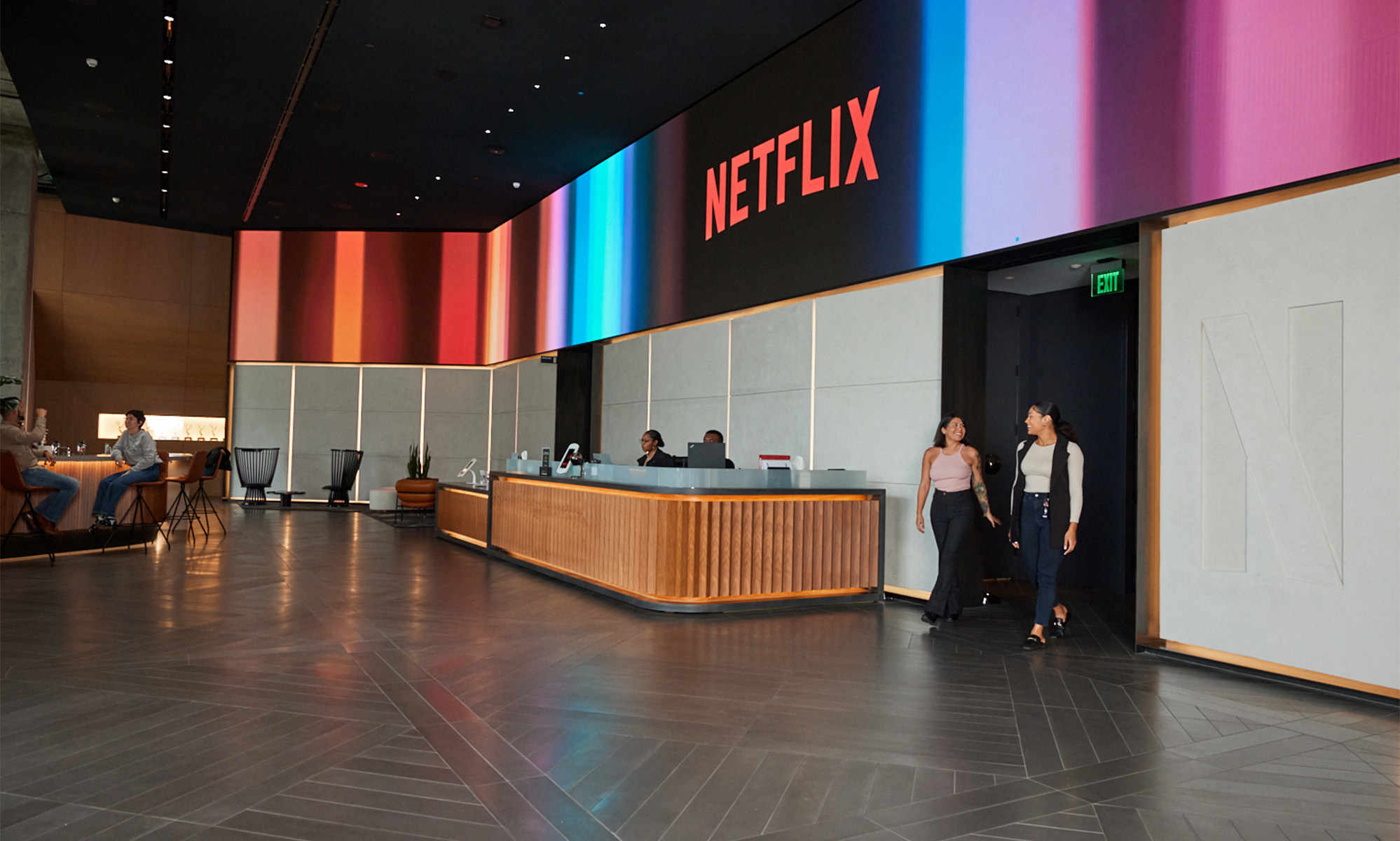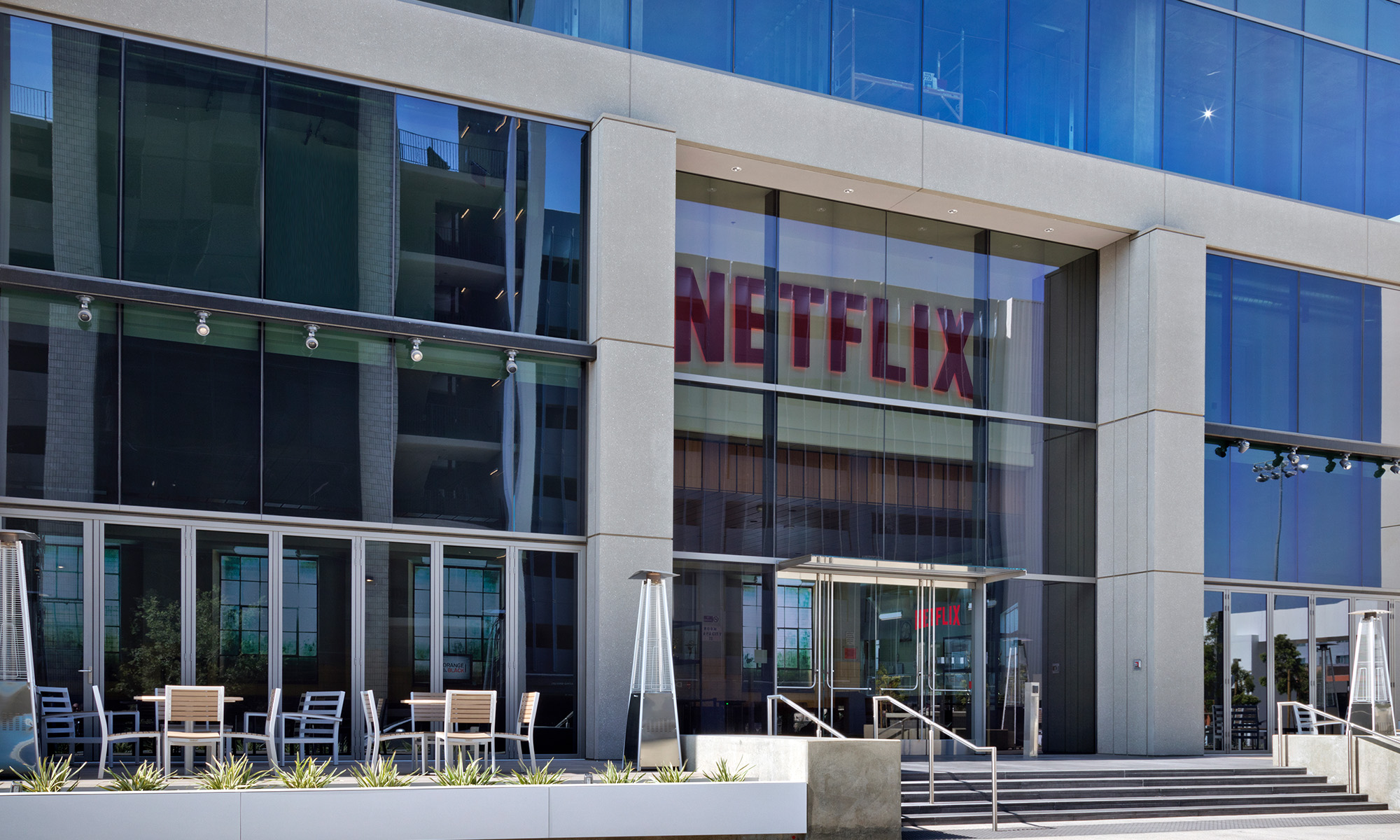Netflix (NFLX +1.02%) likely has a big 10 years ahead of it, thanks to massive global subscriber growth, price increases, and increasing profit margins. Here's why.
Subscribers
Netflix already has a massive global subscriber base. The company ended March with an astounding 183 million global paid subscribers, which grew 23% over the last year and 9% just from the end of December. The company's been on a tear because it's continuously reinvesting its growing resources in more and more content, which further fuels the subscriber flywheel.
Predicting the future is hard, but Netflix's future as the streaming video on-demand ("SVOD") king is virtually assured. That's because no other SVOD service has anywhere near Netflix's $15 billion content budget to pose a serious threat. And no other service can justify having a Netflix-like content budget without first having the subscribers to support such a budget. It's a classic chicken-or-the-egg problem.

Image source: Netflix.
So the question isn't "Which company is going to win streaming?" That contest is over. Netflix won a long time ago. Other more narrow SVOD services like Disney's (DIS +0.14%) Disney+ may be successful as well, since many households will subscribe to more than one, but no other service has a realistic chance of achieving the mass-market global appeal that Netflix is achieving.
So one of the only questions that remains is: "How many global subscribers will Netflix have at maturity in the distant future?" In 10 years, Netflix could have something in the ballpark of 500 million global subscribers. That would be a roughly 11% average annual increase from the 183 million subscribers it had at the end of March.
Why is 500 million in 10 years a reasonable estimate? There are about 1.7 billion global households outside of China today. At a conservative 0.9% annual population growth rate, that should be closer to 1.9 billion in 10 years. If 60% of those households have broadband or other high-speed internet access by then, that would be over 1.1 billion households that could theoretically subscribe to Netflix.
500 million subscribers out of 1.1 billion internet households would be a 46% penetration rate. In the U.S. and Canada, that penetration rate is approaching 60% today. But people around the world enjoy being entertained just the same. And a big part of Netflix's huge content budget, which continues to increase, is being used for original content in local markets around the world, as well as globally appealing content that can resonate across cultures. As that global content offering continues to grow, it will only increase the percentage of internet households that will count themselves as Netflix subscribers.
Average revenue per user
Another big question is: "What will the average Netflix subscriber globally be paying per month?" Today, Netflix's global average revenue per user ("ARPU") is about $10.87 per month. It's $13.09 in the U.S. and Canada, and elsewhere it is as low as $8.05 in Latin America ("LATAM") and as high as $10.40 in the Europe, Middle East, and Africa ("EMEA") region.
The beauty of Netflix's business model is its subscriber-ARPU-content flywheel. As the company gains subscribers and subscriber revenue, it plows that money back into more content, which makes the service better, attracts more subscribers, and justifies occasional price increases.
That flywheel has worked amazingly well over the years. Between 2012 and 2019, U.S. ARPU increased at a 7% average annual rate. In the last three years, using the company's new regional reporting, U.S. and Canada ARPU increased at a 10% average annual rate, EMEA ARPU increased about 7% annually, LATAM ARPU increased about 3% annually, and Asia-Pacific ("APAC") ARPU increased about half of 1% annually.
As Netflix increasingly uses its content budget to become the ad-free, on-demand replacement for linear television, the company's pricing power will continue to increase. It's easily possible that global ARPU could be something in the neighborhood of $14 per month in 10 years, up from $10.87 per month today.
Future value
If Netflix has 500 million subscribers in 10 years paying an average of $14 per month, the company's annual revenue would be roughly $84 billion. That compares to the $20 billion it made last year and the roughly $25 billion expected for this year.
At that scale, Netflix would be enormously profitable, because its costs would not need to grow anywhere near as fast as its revenues would. At that point, the company could have a 30% operating profit margin, which would imply about $25 billion of operating profit.
It's easy to imagine Netflix being worth several hundred billion dollars in that case, and its shares trading at a multiple of the $436 per share they are changing hands for today. Investors should consider buying Netflix and hanging on for at least the next 10 years. It certainly seems like nothing can stop it now.







